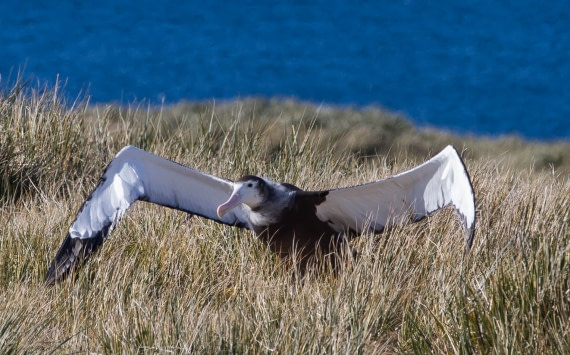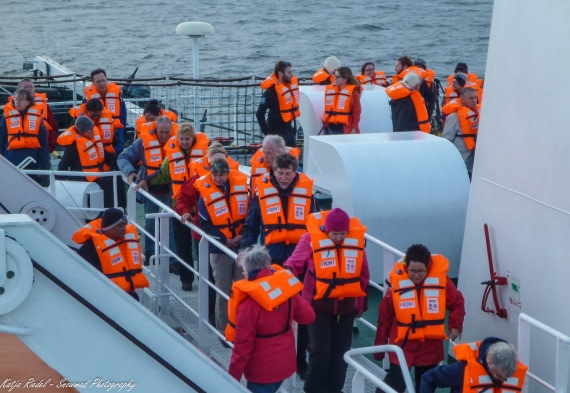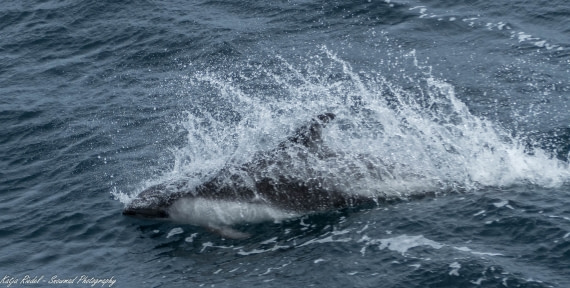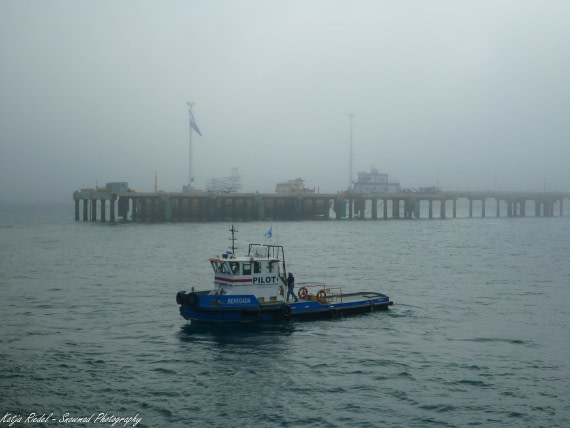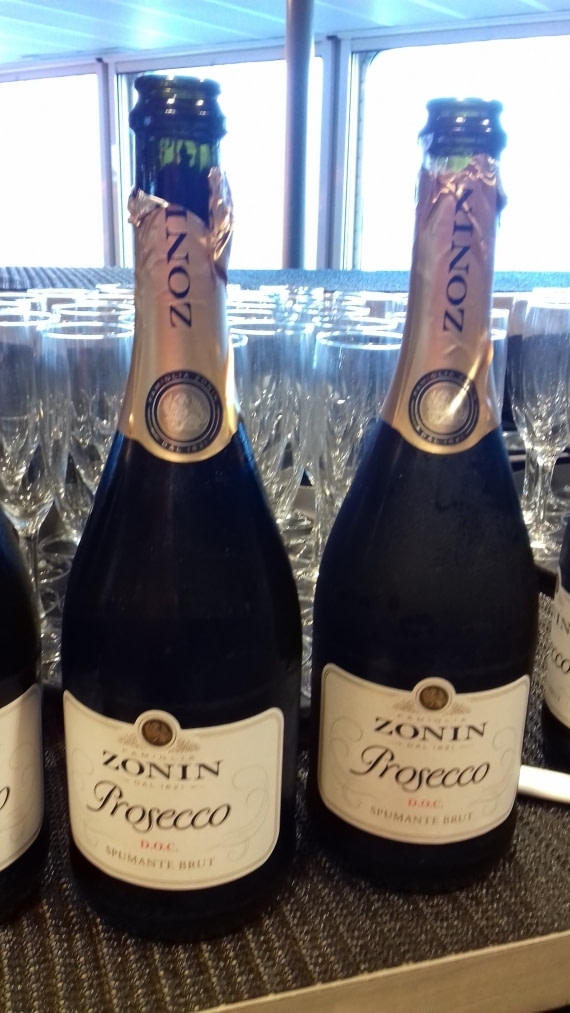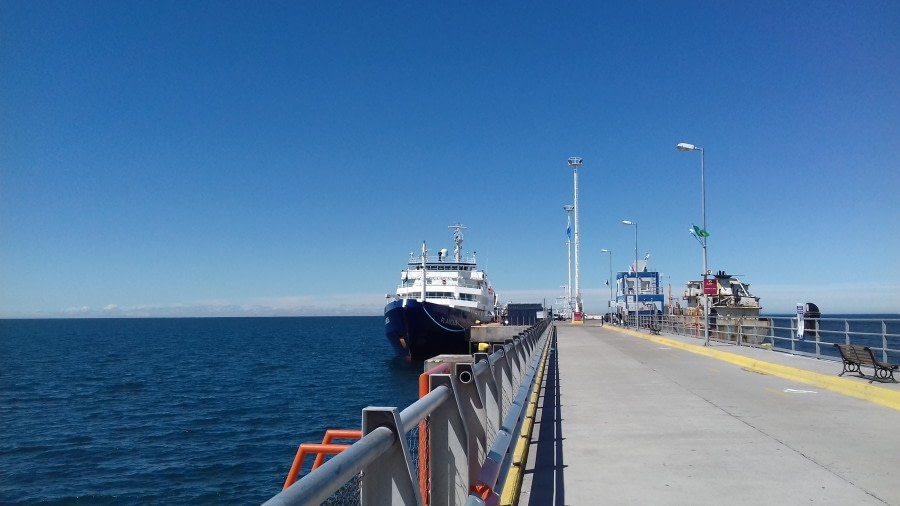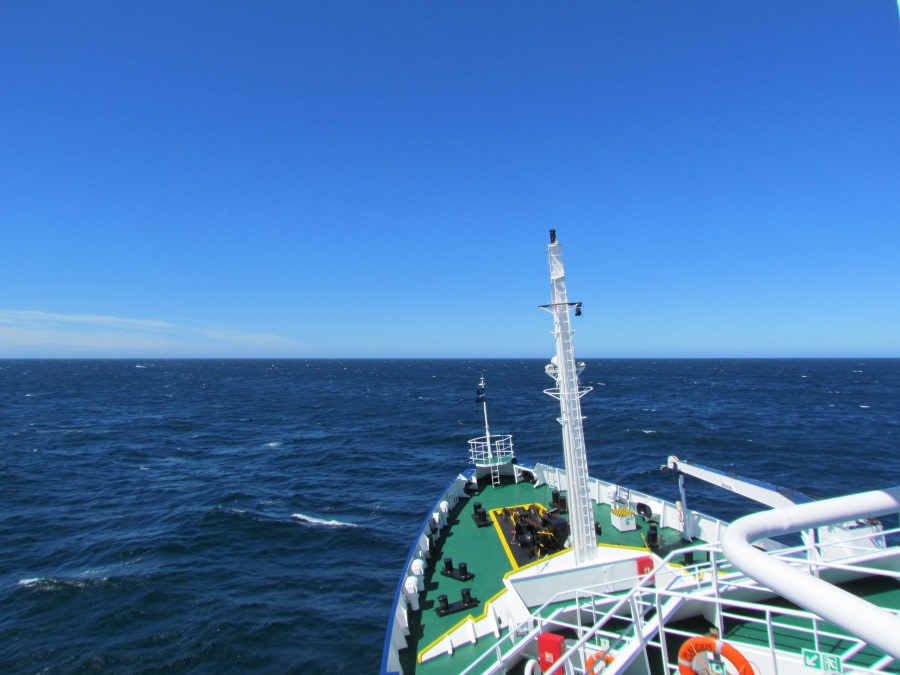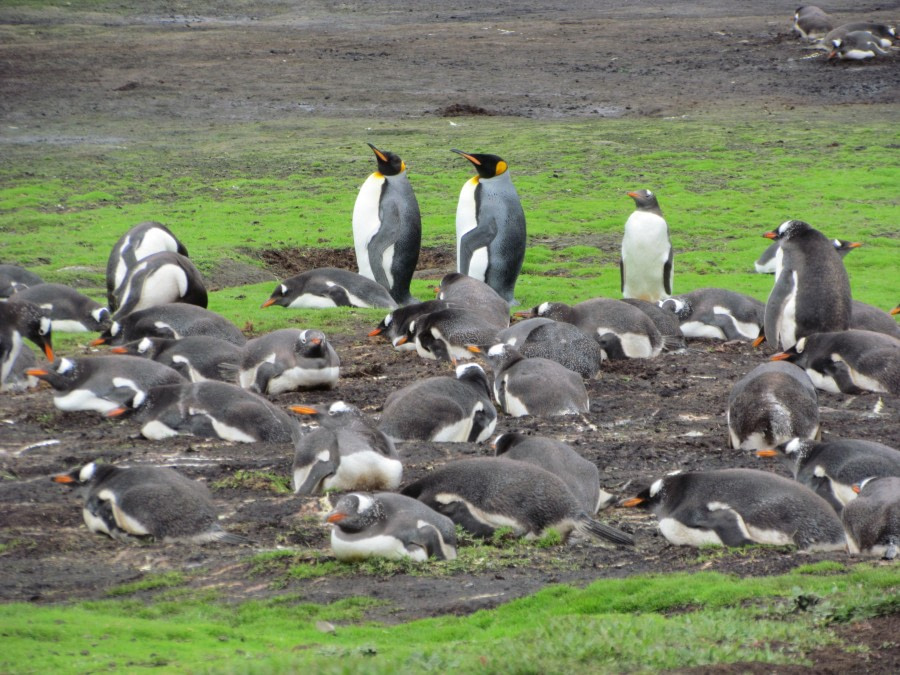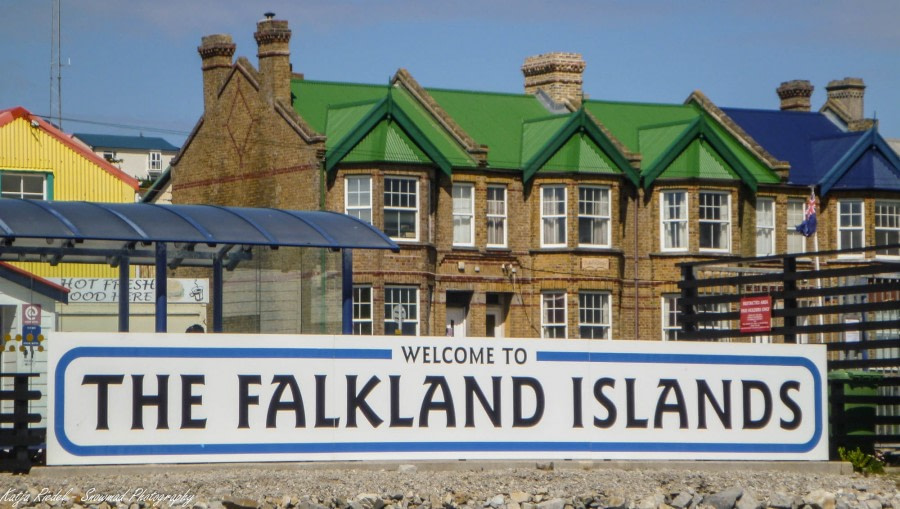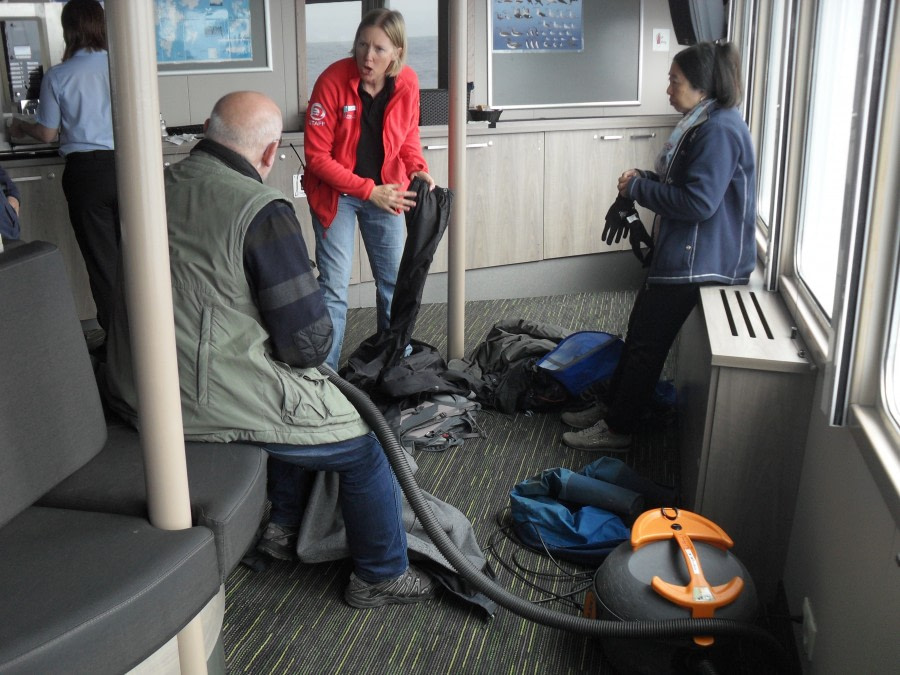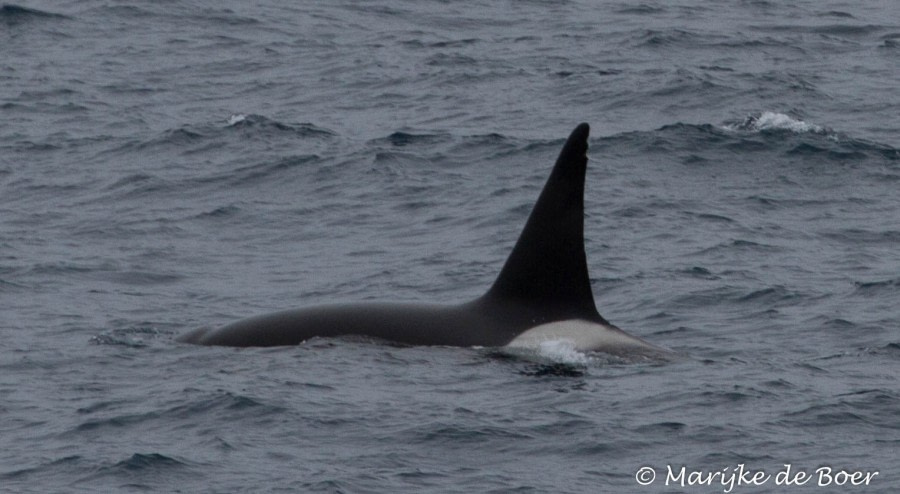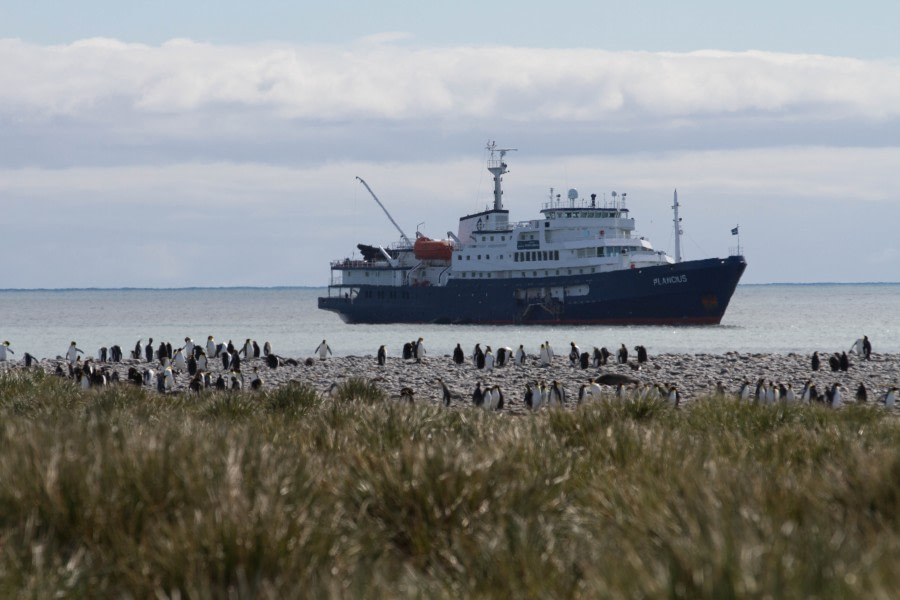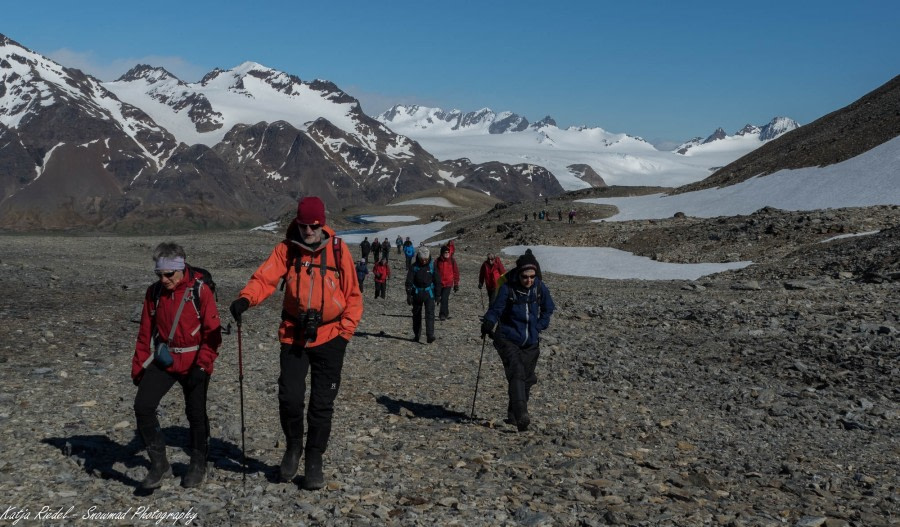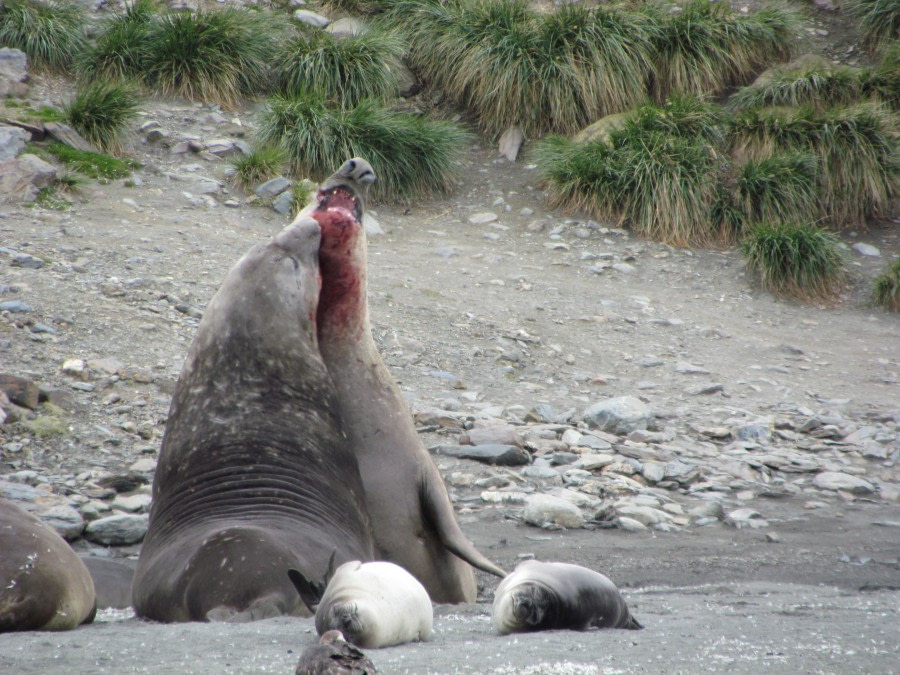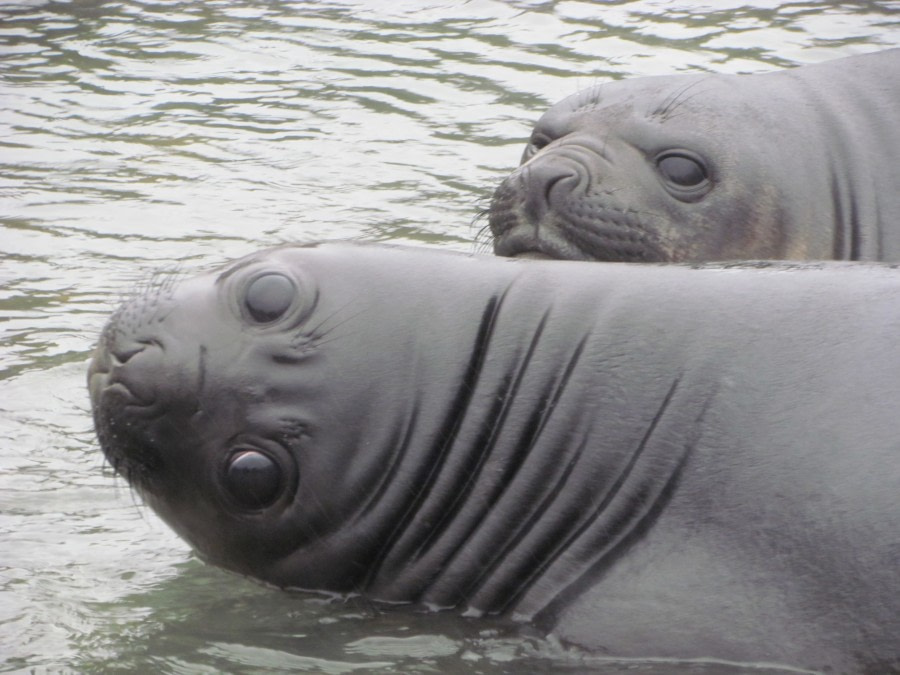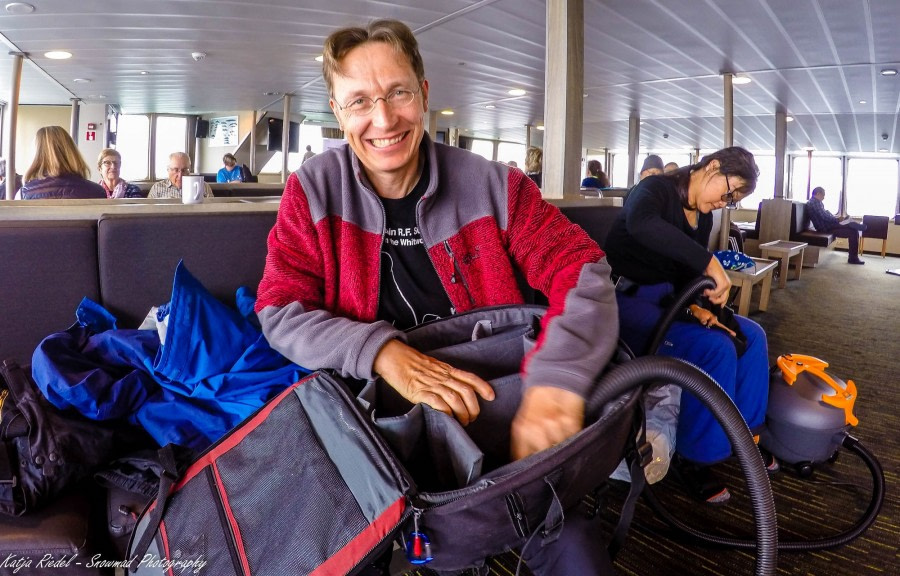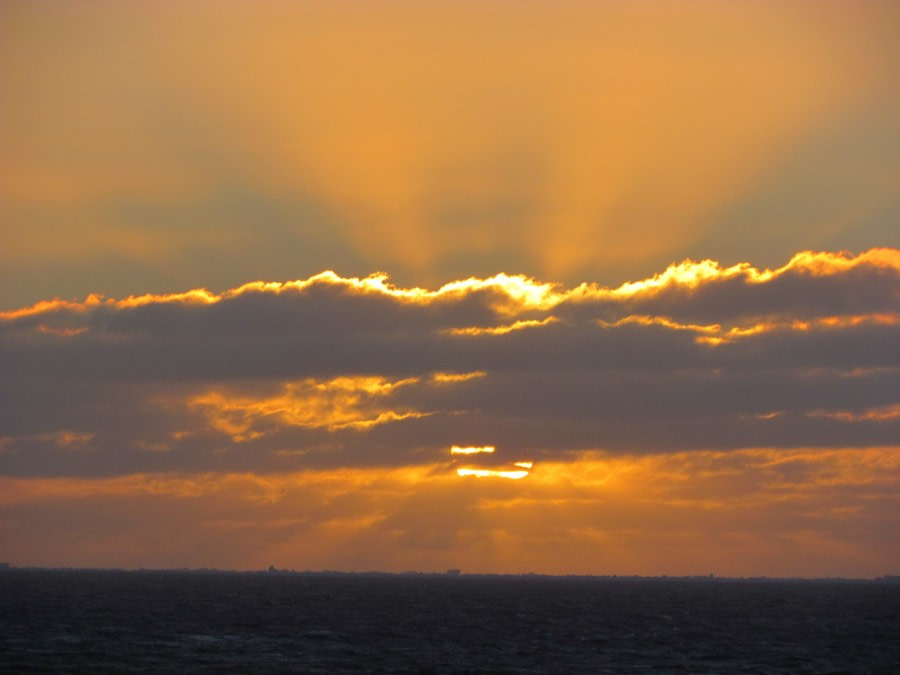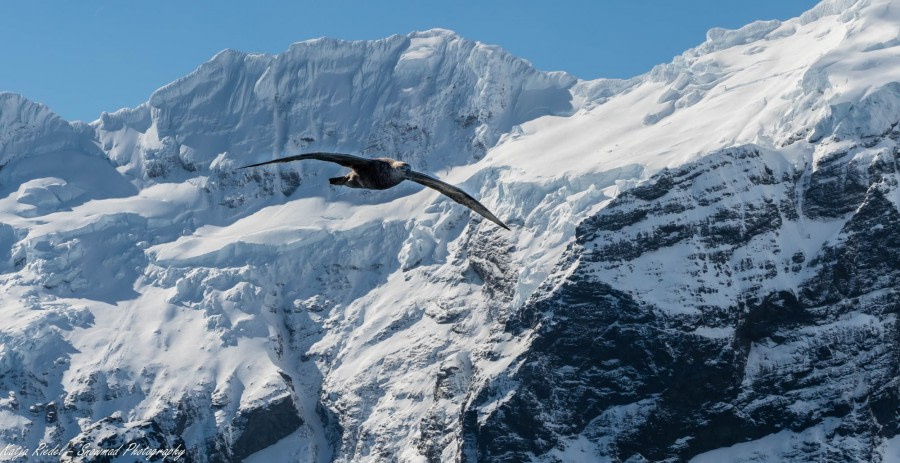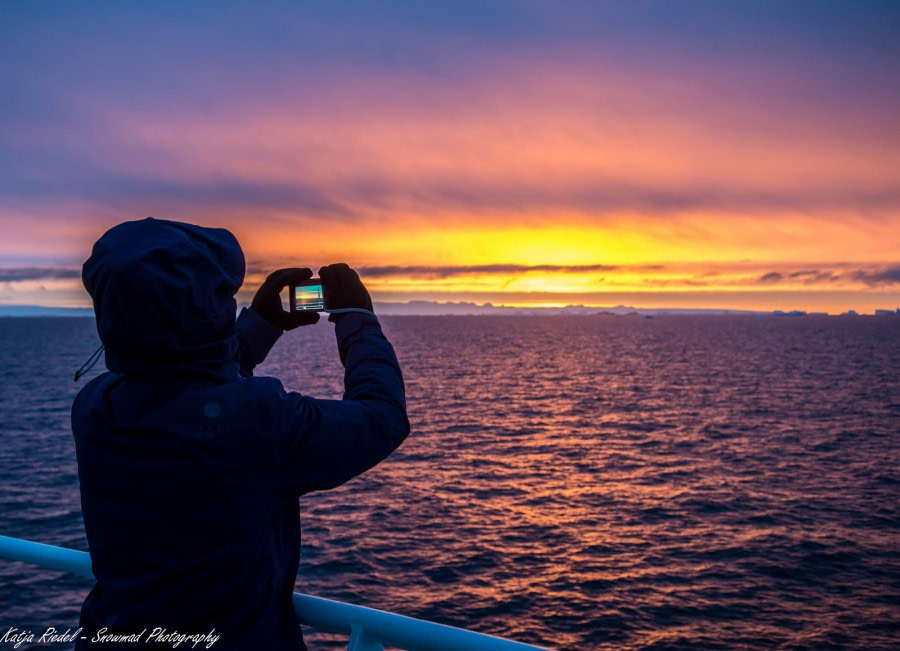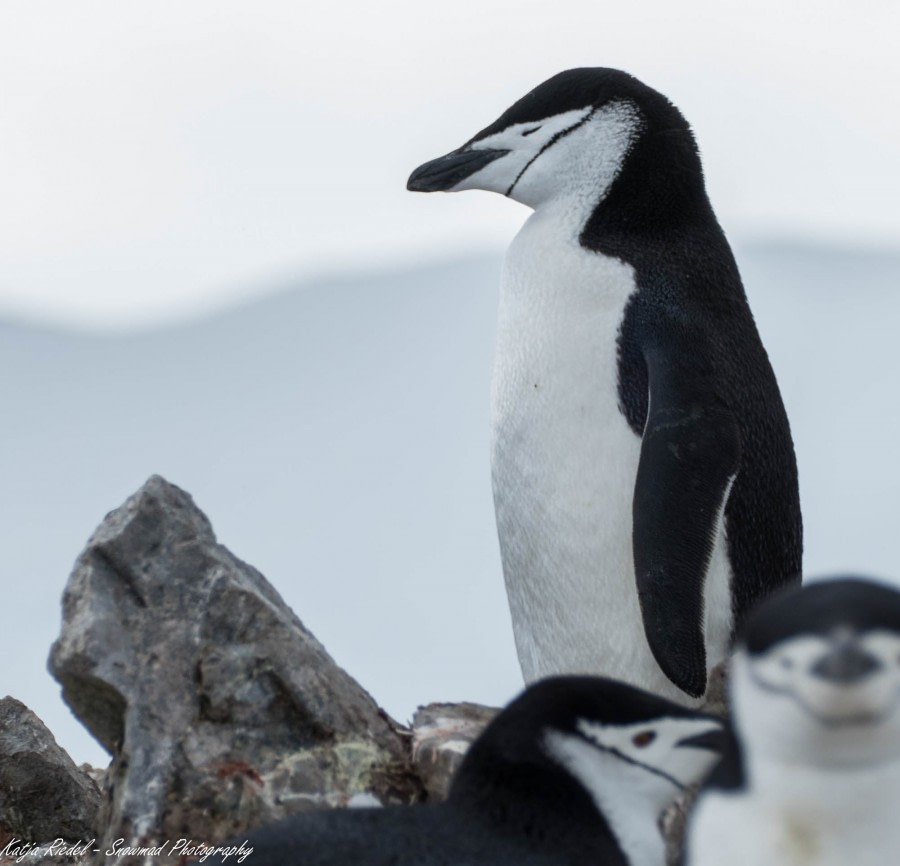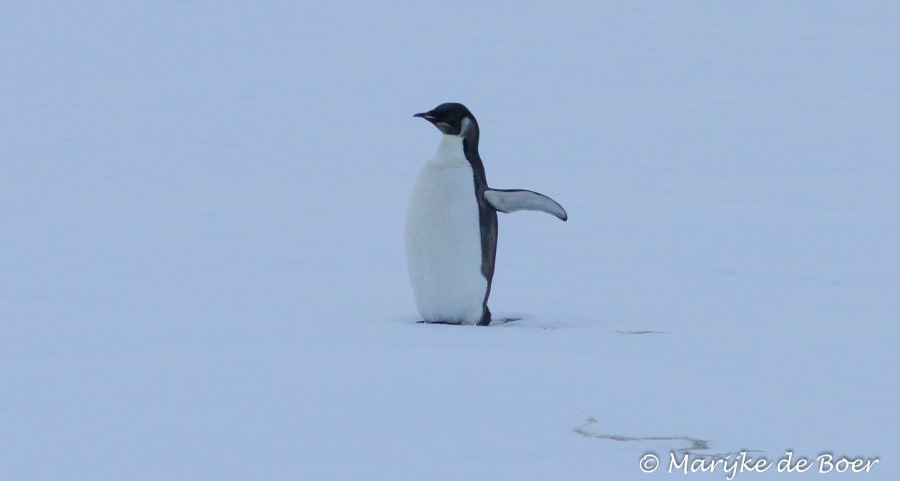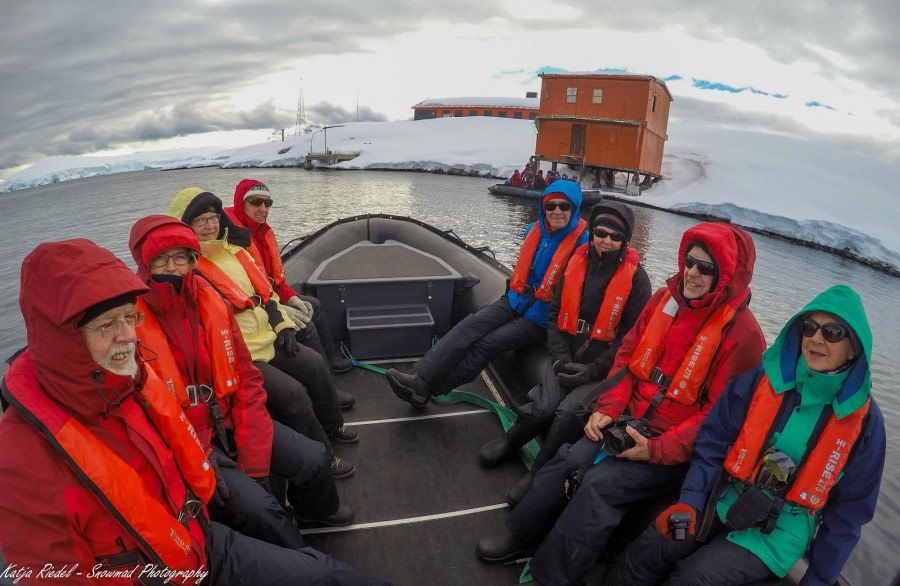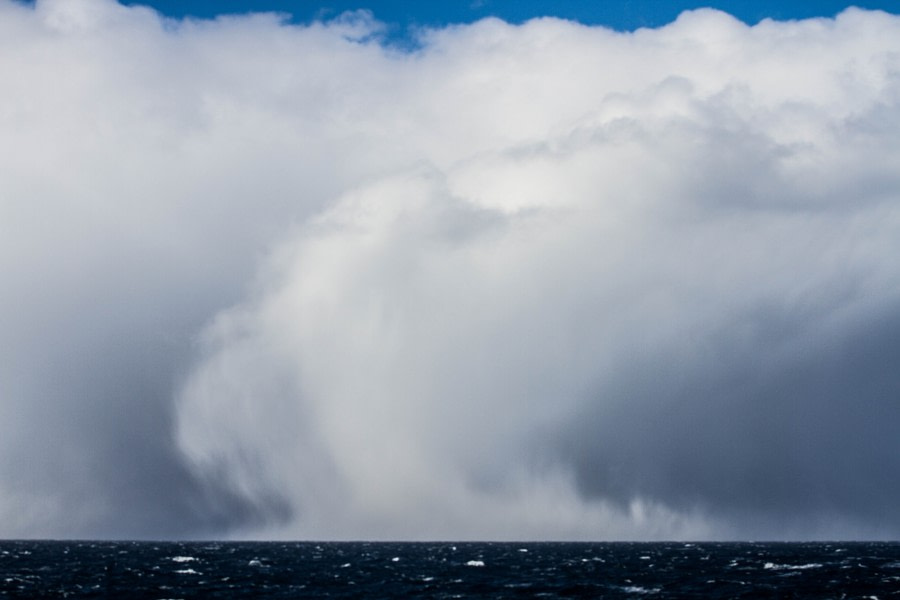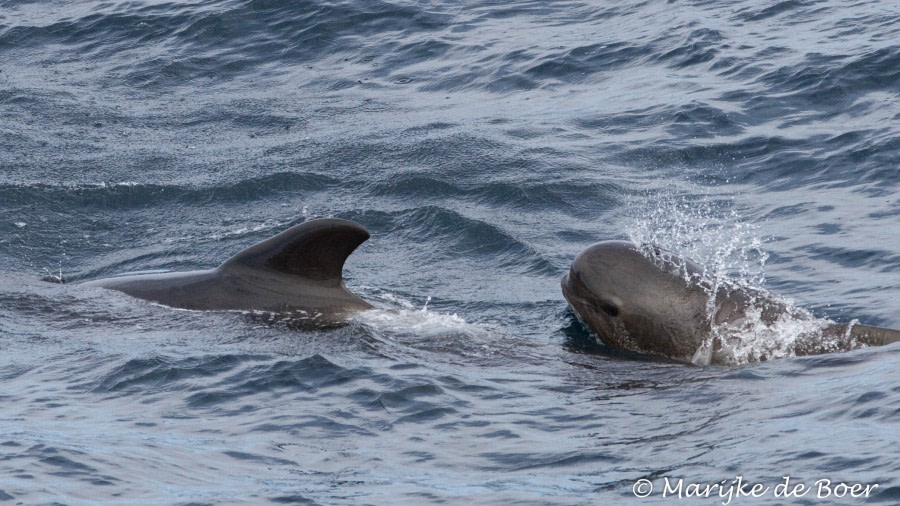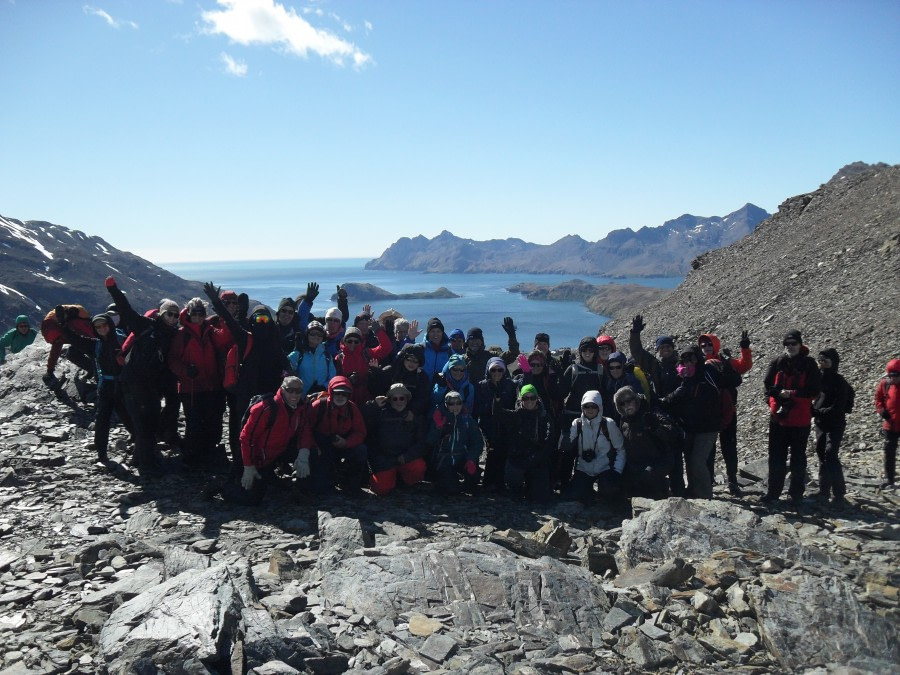| Fecha: | 09.11.2017 |
| Posición: | 042°45’S / 065°01’W |
| Viento: | WSW 5 |
| Clima: | Clear |
| Temperatura del Aire: | +18 |
Puerto Madryn is a small coastal town wedged between the South Atlantic Ocean and the Patagonian desert. Traditionally this town was based on fishing and whaling but in recent years the whales have brought revenue into the town in the form of tourists. As the main access point to the Valdez Peninsula, the town attracts visitors from all over the world to see the penguins, seals and Southern right whales that calve and raise their young in the bay during the mild summer months. Many of us had spent a few days in the area prior to joining Plancius in order to see some of the wildlife along the coast. At 1600 members of the Expedition team met us at the start of the pier to begin to assist with our luggage and ensure we were able to get the bus along to the end of the pier. The weather conditions were lovely with warm sunshine and a gentle breeze. It was hard to believe that we would be freezing cold in the Antarctic in the coming days! Once our luggage was scanned we embarked our ship the MV Plancius which would be our home for the next 20 days and met hotel managers, Zsuzsanna and Bobby and were then checked into our cabins with the assistance of the Filipino crew. A little while after boarding we convened in the lounge on Deck five to meet Expedition Leader Andrew Bishop, who welcomed us on board the ship. The first briefing in the lounge was a familiarisation of the ship from Zsuzsanna our Hotel Manager which was a useful chance to get our bearings of our home for the coming weeks. By this time the deck crew and shore workers were ready to take the ropes off the pier and we were on our way south in reverse! Many of us stood on deck watching proceedings and also watched the Southern sea lion that had been happily sleeping on the ship fender take a dive into the water as we released the ropes. It could then be heard under the wharf, shouting its annoyance! Just as we were leaving the jetty we found ourselves surrounded in thick sea fog that had drifted in towards the shore. It had been visible on the horizon for most of the day but waited till we were leaving before closing in on the town of Puerto Madryn. Departure was then followed by the SOLAS (Safety of Life At Sea) presentation and Lifeboat Drill, given to us by Chief Officer Jaanus who was assisted by the crew and staff. On hearing the alarm we reconvened for the mandatory abandon ship drill, donning our huge orange life jackets and after a muster call we were taken to see the lifeboats. By 2000 the sun was beginning to set and the light was beginning to fade and dinner was served in the dining room. It was a chance to meet some of our fellow passengers and share stories of previous travels and hopes for this expedition to the Falklands and South Georgia and Antarctica. It should be a great adventure!

